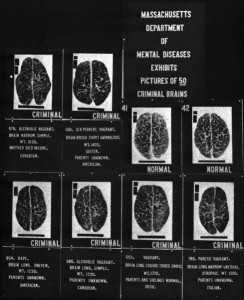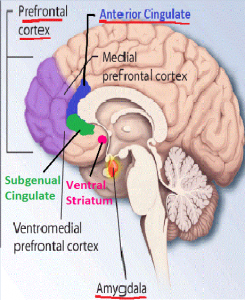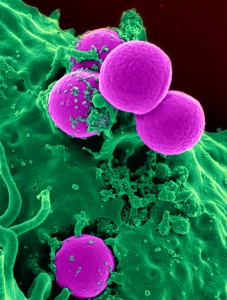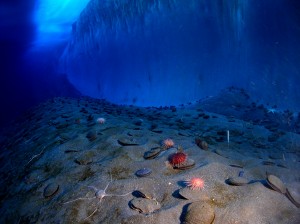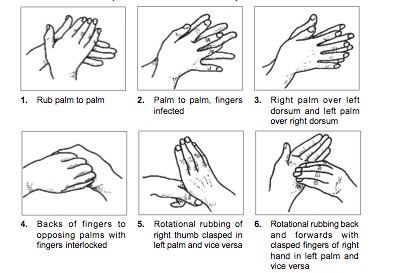
An internationally purchased diet beverage, Diet Coke
Image: Flickr
I am sure everyone has ran into at least one person that has this notion if they replace the consumption of a regular sugar-sweetened beverage with a diet version of it, it will assist with their weight loss or weight control.
On the contrary, researchers have discovered that there was higher solid-food calorie consumption of overweight and obese adults who drank diet beverages opposed to overweight and obese adults who drank regular soda or other sugar-sweetened beverages.1 Although both heavy adult groups consumed a similar amount of total calories, the diet beverage consumer group consumed significantly more solid-food calories from meals and snacks.1 The study examined patterns in adult diet beverage consumption and caloric intake by body-weight status, and this data was collected from the National Health and Nutrition Examination Survey (NHNES).1
There has been an increase in consumption of diet beverages from 3% in 1965 to 20% today; this considerable increase of diet beverage consumption could be associated to the increase of obesity. A correlation is also present between individuals who drink diet soda and a higher Body Mass Index (BMI), and this is due to the increased consumption of snack foods by diet soda consumers compared to those who drink regular soda. The reason for a higher BMI in diet soda consumers could be due to the high dosage of artificial sweeteners present in diet beverages.1 The artificial sweeteners are associated with a greater activation of reward centers in the brain, consequently altering the reward one might experience from sweet-flavored foods.1,2 In other words, the artificial sweetener disrupts appetite control due to the brain sweet sensors’ inability to provide a reliable measurement of energy consumption. Therefore, increased food intake overall may be a result of diet beverage consumption.
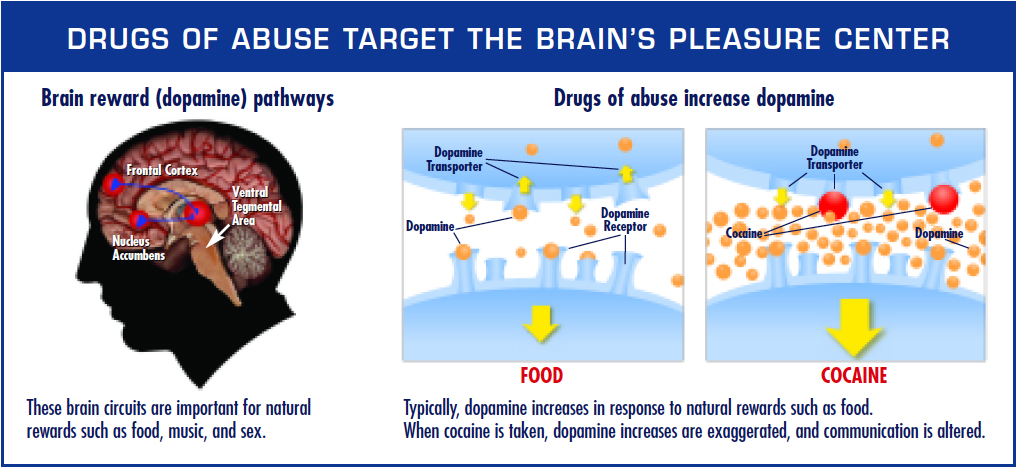
The reward center in the brain where dopamine is increased with artificial flavours. This figure depicts the same dopamine increase that could occur from artificial flavours but using cocaine as an example.
Image: Wikipedia
Nevertheless, the act of only replacing caloric beverages with diet beverages may result in weight loss,3 but without carefully looking at other components of the solid-food consumed during diet beverage consumption may result in weight gain, not the other way around.
In conclusion, monitoring the macronutrients and other allowed daily nutrients are more important to weight loss and health than simply switching over to diet beverages.
– Samuel Choi
References
- Bleich, S. N., Wolfson, J. A., Vine, S., & Wang, Y. C. (2014). Diet-beverage consumption and caloric intake among US adults, overall and by body weight. American Journal of Public Health, 104(3), e72-e78. doi: 10.2105/AJPH.2013.301556
- Schur, E. A., Kleinhans, N. M., Goldberg, J., Buchwald, D., Schwartz, M. W., & Maravilla, K. (2009). Activation in brain energy regulation and reward centers by food cues varies with choice of visual stimulus. International Journal of Obesity (2005), 33(6), 653-661. doi:10.1038/ijo.2009.56
- Tate, D. F., Turner-McGrievy, G., Lyons, E., Stevens, J., Erickson, K., Polzien, K., Popkin, B. (2012). Replacing caloric beverages with water or diet beverages for weight loss in adults: Main results of the Choose Healthy Options Consciously Everyday (CHOICE) randomized clinical trial. The American Journal of Clinical Nutrition, 95(3), 555-563. doi:10.3945/ajcn.111.026278

